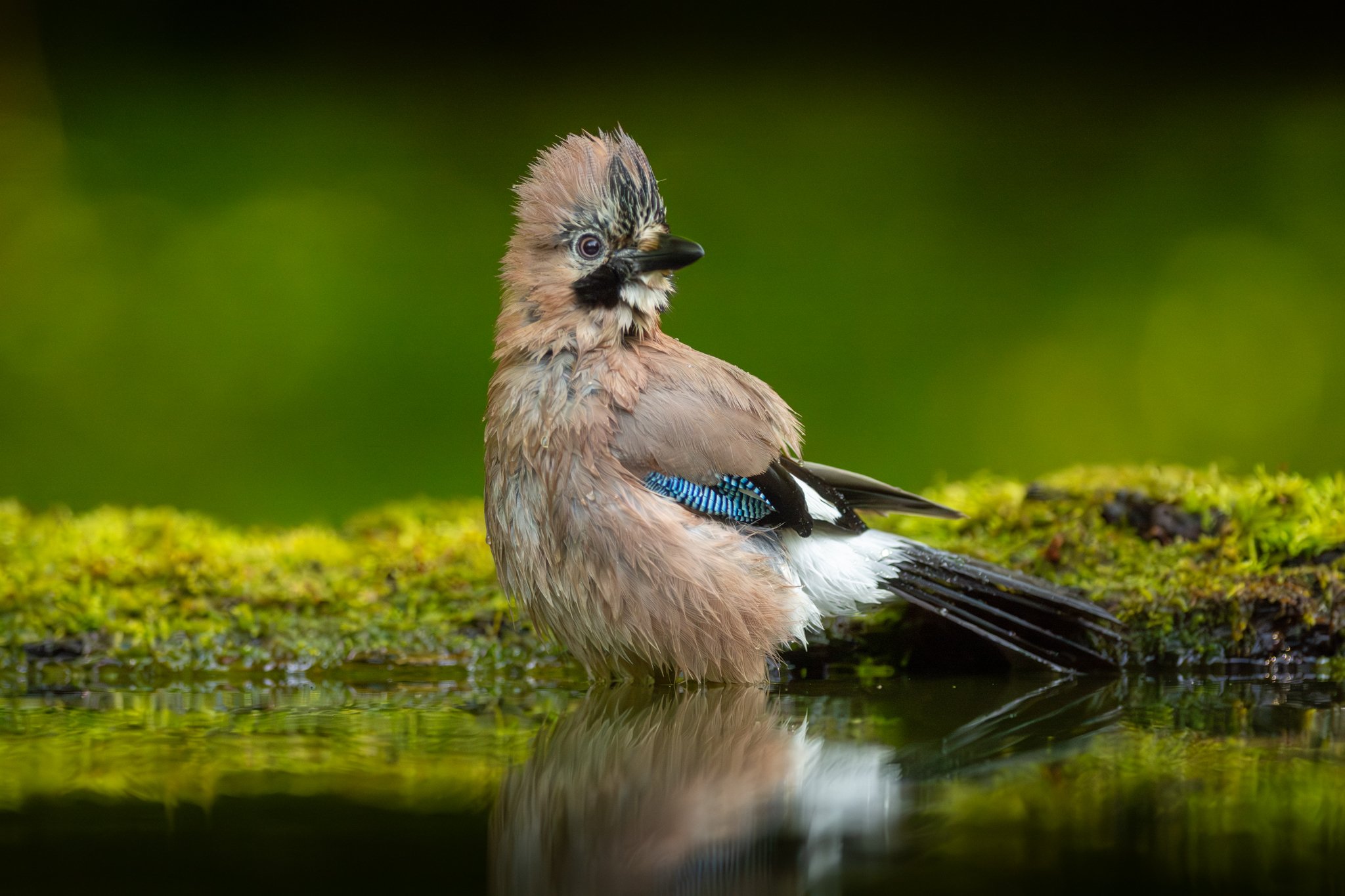North of Copenhagen - Denmark
In general, birding North of Copenhagen is fantastic, with more forests than in the South, a fine mosaic of large and small lakes and a long north-facing coastline. In addition, the North lies in the middle of a migration corridor to and from the breeding grounds on the Scandinavian peninsula.
Best time to visit
Migration is the big drawcard for the North coast in spring, with large migration of small birds and birds of prey. The number of birds seen migrating over the area is very dependent on the wind direction. The autumn migration of seabirds is also significant. Spring migration starts in March with larger birds of prey and common cranes being some of the first to migrate. During April, passerines start migrating, bird of prey migration increases, and it is not surprising to see 10+ species on any given day. Towards the end of the month swallows, thrush and join the northbound journey, with the migration continuing through May and into the earliest parts of June (mainly geese and waders). Remarkably some species of waders are already heading South during June, including the beautiful spotted redshank.
Special breeding birds during the summer include black and lesser-spotted woodpeckers, stonechat, red-backed shrike, wryneck, western osprey and kingfisher.
Late summer and early autumn herald the start of the southern migration, with large influxes of waders, passerines and various birds of prey including, Wader migration peaks in the first half of August. The migration continues through September and October, with larger birds of prey dominating the migration.
Winter is dominated by larger overwintering birds of prey and large flocks of geese. Dipper and kingfisher are usually around and there is always a chance of one or two of the irruption species arriving.
Key Species
There are many specialist breeders in the area North of Copenhagen, Below is a small selection of ‘highlights’.
Raptors: White-tailed eagle, peregrine falcon, hen (excl. summer) and marsh harriers (spring-autumn), eurasian hobby, western osprey, honey buzzards.
Waders: More than 25+ species on a good day in later summer and early autumn, including, pied avocet, broad-billed sandpiper, common snipe, curlews, plovers, godwits and various tringa and calidris species.
Red-necked, great-crested and little grebe, various ducks and geese, whilst egrets and spoonbill are possible. Smew and goosander.
Passerines: white, grey and yellow wagtails, redstarts, wheatear, whinchat, red-backed shrike, various finch, crossbills, tits and other small birds. Various warblers can be seen at different times of the year including thrush nightingale, wood and icterine warblers, with occasional rarities such as river and great reed warblers..
Common kingfisher all-year round and white-bellied dipper in winter. Owls are a possibility, especially in winter and there is always the chance of an irruption species such as waxing or nutcrackers.






